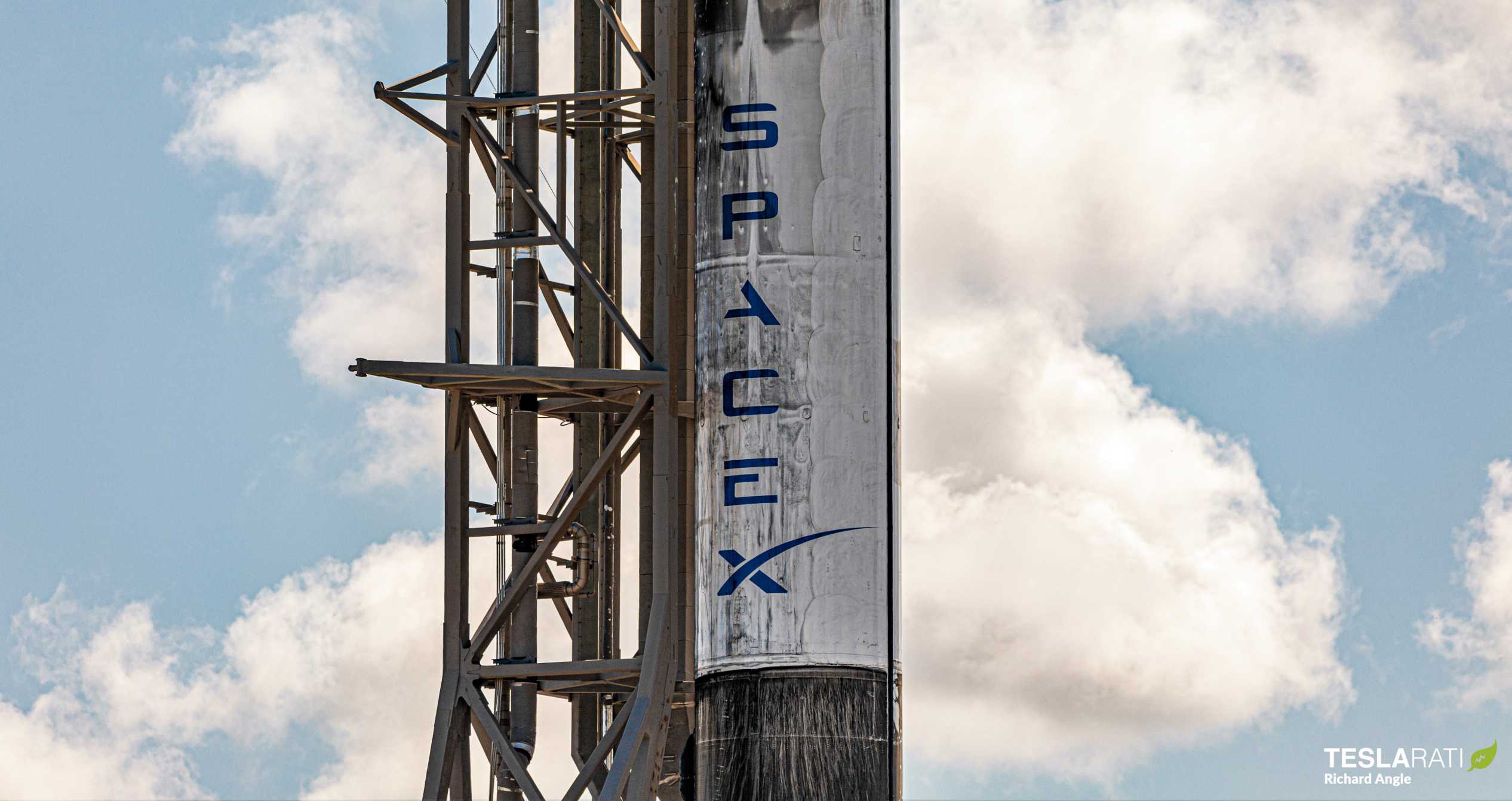
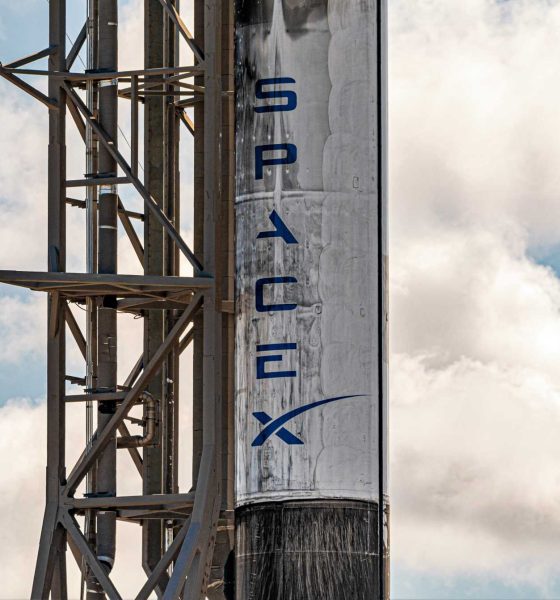
News
SpaceX Starlink, Starship programs crush funding goals, raise $2 billion
On the heels of a successful ~$350 million fundraising round, SpaceX has crushed its own expectations of a second, far more ambitious fundraiser, likely ensuring stable Starship and Starlink development for years to come.
First reported by Bloomberg on July 23rd, SpaceX’s second investment round of 2020 initially pursued $1 billion in funding, boosting the company’s valuation to $44 billion. Less than four weeks later, an August 18th SEC filing revealed that SpaceX had more than doubled its offering after it received overwhelming interest from prospective investors.
According to the regulatory document, SpaceX has now secured an incredibly $1.9 billion of a $2.06 billion of new funding for its Starlink and Starship programs, likely guaranteeing the health of both expensive development programs for 12-18+ months. Alternatively, the company could feasibly speed up either or both programs by a substantial amount with such a massive capital injection, shrinking the time required for Starship to reach orbit and begin operational launches and for Starlink to begin serving customers and generating revenue.
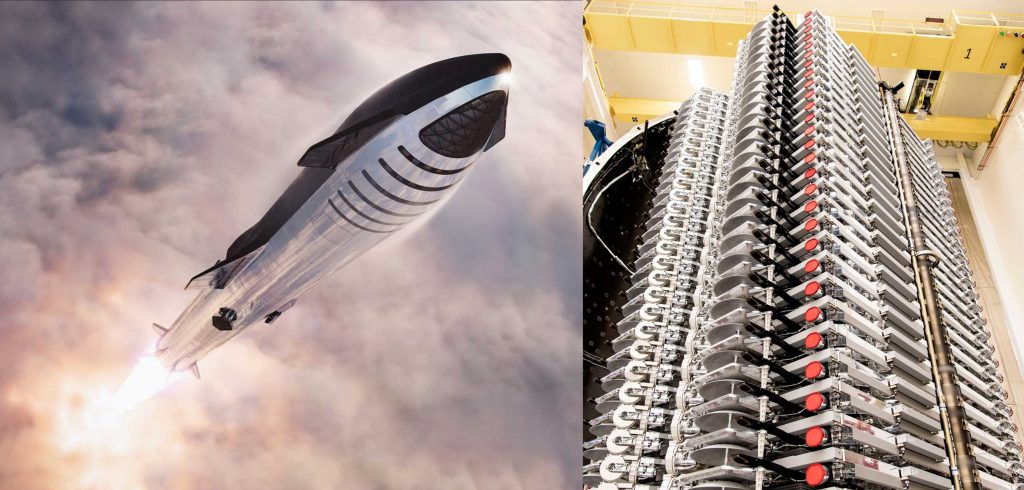
Prior to August 2020, SpaceX had raised a total of ~$3.4 billion over ~12 years of major funding rounds. In 2015, Google and Fidelity invested $1 billion in SpaceX – a round that remained the company’s biggest until now. Once again primarily driven by Fidelity, if SpaceX successfully closes the $2 billion series it kicked off last month, the company’s funding to date will jump nearly 60% in a single round.
Very few companies in history can claim to have closed an oversubscribed $2 billion funding round, making it easy to say that SpaceX is currently one of the hottest private investment opportunities in the world. There are several likely reasons that help explain why.
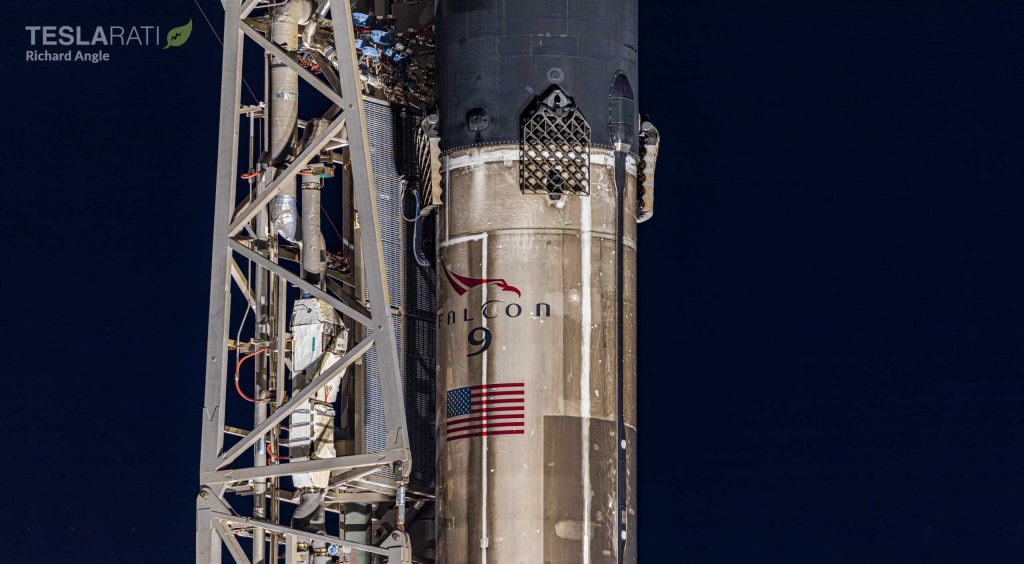

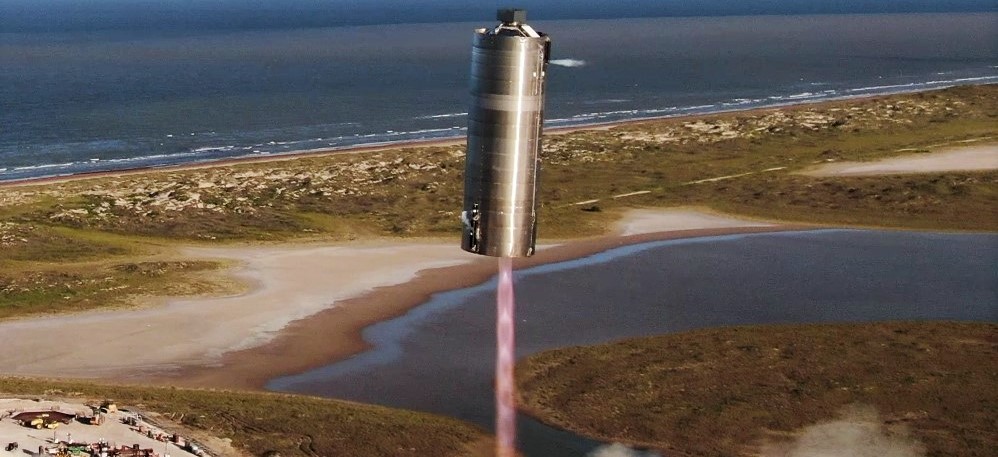
The track record of companies run by Elon Musk likely plays a huge role in investor confidence. Against all odds and in the face of hordes of detractors and naysayers, Tesla has shaped itself into the world’s premier electric vehicle (EV) manufacturer and managed to do so while still becoming a profitable (or at least sustainable) company. As a result, the value of $TSLA has exploded in 2019 and 2020, turning it into one of the most lucrative investments in years.
SpaceX has proven itself to be just as disruptive – if not more so – in the aerospace industry, designing, building, and fielding industry-leading rockets and spacecraft that are years ahead of “competition” and doing so with cost efficiency that competitors and national space agencies did not believe was possible. As a result, SpaceX now owns a vast majority of the global commercial launch market, is the only entity on Earth operating orbital-class reusable rockets, and is the only company capable of both building and launching its own satellite constellations.
From an investment perspective, the commercial launch market likely makes most eyes glaze over. Starlink, however, has the potential to tap into a large portion of a global communications market worth hundreds of billions to more than a trillion dollars. Building a satellite constellation large and capable enough to do so is an extraordinarily expensive ordeal no matter how efficient SpaceX is, but once it’s even partially complete, it could almost effortlessly magnify the company’s annual revenue by 5-10x.
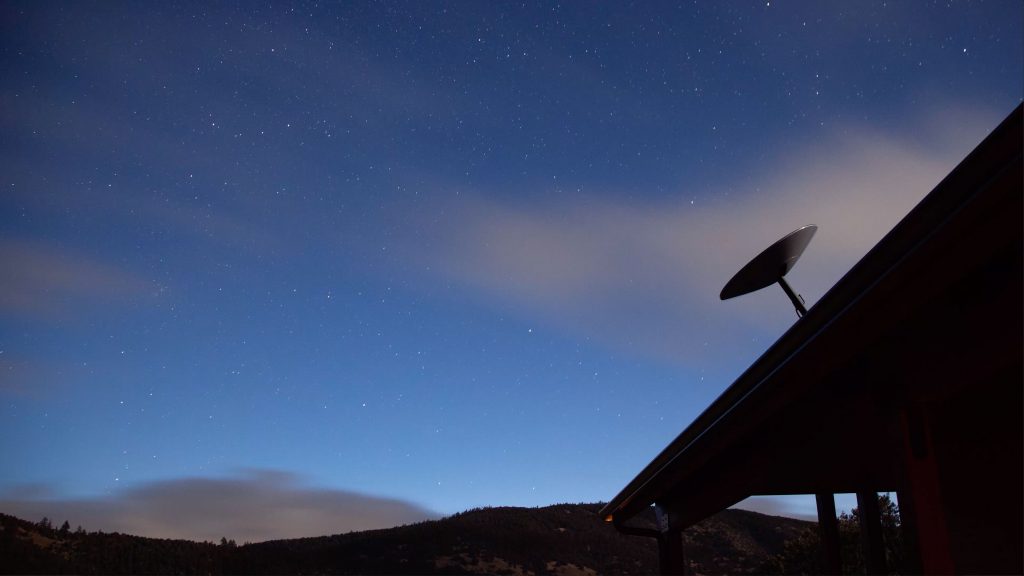
Once Starlink is able to serve millions of customers, it could easily become self-sustaining. With tens of millions of customers, it could become a veritable cash cow, generating >$6 billion in annual revenue on annual upkeep and operating costs of $1-2 billion at most (conservatively estimating 24 Starlink launches per year for $50 million each).
This doesn’t even account for Starship, which could effectively create whole new markets for space access if SpaceX is able to achieve its ambitious design goals. For Starlink, though, Starship would be equally game-changing by making constellation deployment at least ~7 times more cost-effective than Falcon 9 (~400 vs. ~60 satellites per launch).
Regardless, with at least $1.9 billion soon to be in the bank, it should be clear that any doubt that SpaceX has the resources it needs to sustain its Starlink and Starship development programs for one or several more years is woefully misplaced.
Check out Teslarati’s Marketplace! We offer Tesla accessories, including for the Tesla Cybertruck and Tesla Model 3.

Investor's Corner
Tesla stock closes at all-time high on heels of Robotaxi progress

Tesla stock (NASDAQ: TSLA) closed at an all-time high on Tuesday, jumping over 3 percent during the day and finishing at $489.88.
The price beats the previous record close, which was $479.86.
Shares have had a crazy year, dipping more than 40 percent from the start of the year. The stock then started to recover once again around late April, when its price started to climb back up from the low $200 level.
This week, Tesla started to climb toward its highest levels ever, as it was revealed on Sunday that the company was testing driverless Robotaxis in Austin. The spike in value pushed the company’s valuation to $1.63 trillion.
Tesla Robotaxi goes driverless as Musk confirms Safety Monitor removal testing
It is the seventh-most valuable company on the market currently, trailing Nvidia, Apple, Alphabet (Google), Microsoft, Amazon, and Meta.
Shares closed up $14.57 today, up over 3 percent.
The stock has gone through a lot this year, as previously mentioned. Shares tumbled in Q1 due to CEO Elon Musk’s involvement with the Department of Government Efficiency (DOGE), which pulled his attention away from his companies and left a major overhang on their valuations.
However, things started to rebound halfway through the year, and as the government started to phase out the $7,500 tax credit, demand spiked as consumers tried to take advantage of it.
Q3 deliveries were the highest in company history, and Tesla responded to the loss of the tax credit with the launch of the Model 3 and Model Y Standard.
Additionally, analysts have announced high expectations this week for the company on Wall Street as Robotaxi continues to be the focus. With autonomy within Tesla’s sights, things are moving in the direction of Robotaxi being a major catalyst for growth on the Street in the coming year.
Elon Musk
Tesla needs to come through on this one Robotaxi metric, analyst says
“We think the key focus from here will be how fast Tesla can scale driverless operations (including if Tesla’s approach to software/hardware allows it to scale significantly faster than competitors, as the company has argued), and on profitability.”

Tesla needs to come through on this one Robotaxi metric, Mark Delaney of Goldman Sachs says.
Tesla is in the process of rolling out its Robotaxi platform to areas outside of Austin and the California Bay Area. It has plans to launch in five additional cities, including Houston, Dallas, Miami, Las Vegas, and Phoenix.
However, the company’s expansion is not what the focus needs to be, according to Delaney. It’s the speed of deployment.
The analyst said:
“We think the key focus from here will be how fast Tesla can scale driverless operations (including if Tesla’s approach to software/hardware allows it to scale significantly faster than competitors, as the company has argued), and on profitability.”
Profitability will come as the Robotaxi fleet expands. Making that money will be dependent on when Tesla can initiate rides in more areas, giving more customers access to the program.
There are some additional things that the company needs to make happen ahead of the major Robotaxi expansion, one of those things is launching driverless rides in Austin, the first city in which it launched the program.
This week, Tesla started testing driverless Robotaxi rides in Austin, as two different Model Y units were spotted with no occupants, a huge step in the company’s plans for the ride-sharing platform.
Tesla Robotaxi goes driverless as Musk confirms Safety Monitor removal testing
CEO Elon Musk has been hoping to remove Safety Monitors from Robotaxis in Austin for several months, first mentioning the plan to have them out by the end of 2025 in September. He confirmed on Sunday that Tesla had officially removed vehicle occupants and started testing truly unsupervised rides.
Although Safety Monitors in Austin have been sitting in the passenger’s seat, they have still had the ability to override things in case of an emergency. After all, the ultimate goal was safety and avoiding any accidents or injuries.
Goldman Sachs reiterated its ‘Neutral’ rating and its $400 price target. Delaney said, “Tesla is making progress with its autonomous technology,” and recent developments make it evident that this is true.
Investor's Corner
Tesla gets bold Robotaxi prediction from Wall Street firm
Last week, Andrew Percoco took over Tesla analysis for Morgan Stanley from Adam Jonas, who covered the stock for years. Percoco seems to be less optimistic and bullish on Tesla shares, while still being fair and balanced in his analysis.

Tesla (NASDAQ: TSLA) received a bold Robotaxi prediction from Morgan Stanley, which anticipates a dramatic increase in the size of the company’s autonomous ride-hailing suite in the coming years.
Last week, Andrew Percoco took over Tesla analysis for Morgan Stanley from Adam Jonas, who covered the stock for years. Percoco seems to be less optimistic and bullish on Tesla shares, while still being fair and balanced in his analysis.
Percoco dug into the Robotaxi fleet and its expansion in the coming years in his latest note, released on Tuesday. The firm expects Tesla to increase the Robotaxi fleet size to 1,000 vehicles in 2026. However, that’s small-scale compared to what they expect from Tesla in a decade.
Tesla expands Robotaxi app access once again, this time on a global scale
By 2035, Morgan Stanley believes there will be one million Robotaxis on the road across multiple cities, a major jump and a considerable fleet size. We assume this means the fleet of vehicles Tesla will operate internally, and not including passenger-owned vehicles that could be added through software updates.
He also listed three specific catalysts that investors should pay attention to, as these will represent the company being on track to achieve its Robotaxi dreams:
- Opening Robotaxi to the public without a Safety Monitor. Timing is unclear, but it appears that Tesla is getting closer by the day.
- Improvement in safety metrics without the Safety Monitor. Tesla’s ability to improve its safety metrics as it scales miles driven without the Safety Monitor is imperative as it looks to scale in new states and cities in 2026.
- Cybercab start of production, targeted for April 2026. Tesla’s Cybercab is a purpose-built vehicle (no steering wheel or pedals, only two seats) that is expected to be produced through its state-of-the-art unboxed manufacturing process, offering further cost reductions and thus accelerating adoption over time.
Robotaxi stands to be one of Tesla’s most significant revenue contributors, especially as the company plans to continue expanding its ride-hailing service across the world in the coming years.
Its current deployment strategy is controlled and conservative to avoid any drastic and potentially program-ruining incidents.
So far, the program, which is active in Austin and the California Bay Area, has been widely successful.








